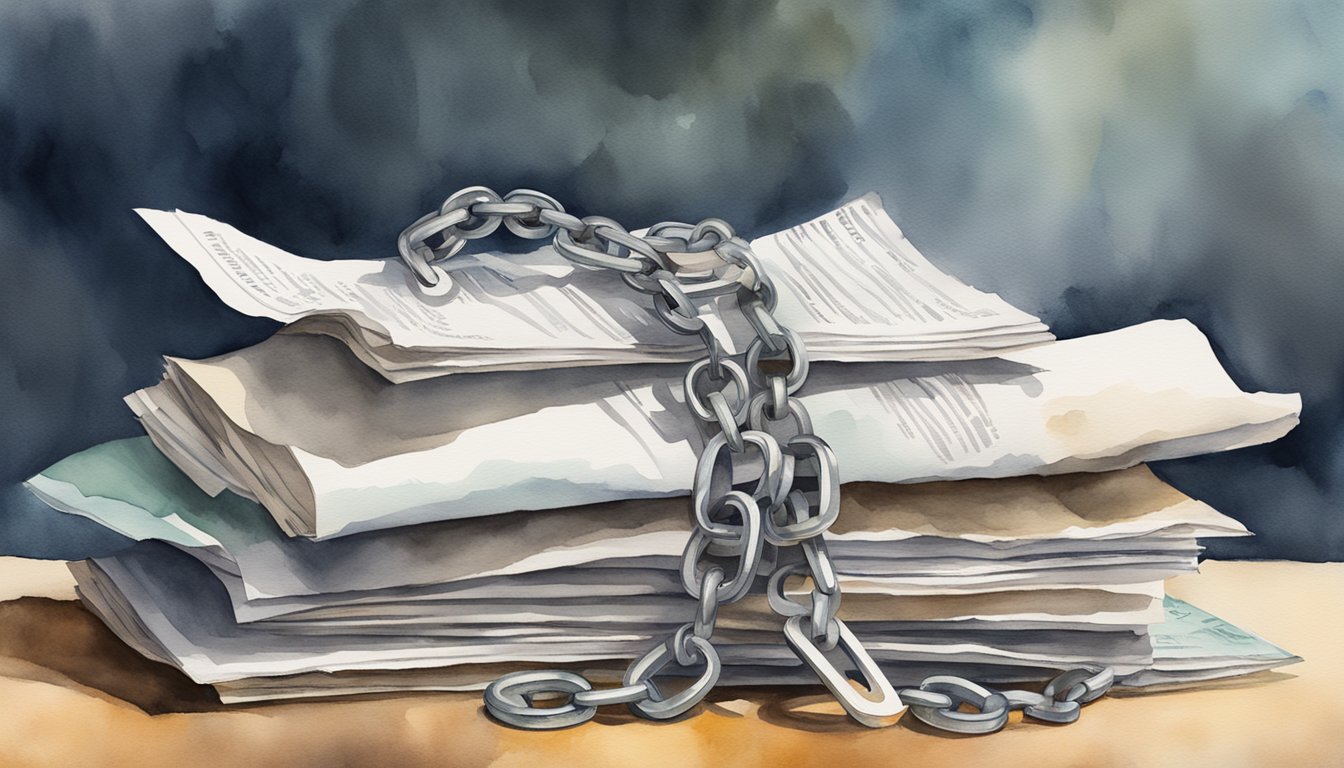Understanding Catastrophe Bonds
Catastrophe bonds, or CAT bonds, are used by the insurance industry to manage risks from natural disasters like hurricanes and earthquakes.
These bonds allow insurance and reinsurance companies to transfer the risk to capital market investors.
How They Work:
- An insurance company (the sponsor) issues a CAT bond.
- Investors buy the bond and their money goes into a collateral account.
- If a specified natural catastrophe occurs, the funds from the collateral account are used to cover the insurance claims.
Key Elements:
- Triggers: Events that activate the payout. They can be based on specific measurements, like an earthquake’s magnitude or industry-wide losses.
- Indemnity: This trigger type is based directly on the insurer’s losses.
- Pre-specified Events: These are clearly defined events, like hurricanes or floods, that activate the bond.
Types of Triggers:
- Industry Loss Trigger: Activated by total losses across the industry.
- Parametric Trigger: Activated by the intensity of the disaster, such as wind speed.
Benefits and Risks:
- High Yields: CAT bonds offer higher returns compared to traditional bonds.
- High Risk: If a catastrophe occurs, you could lose the entire investment.
Participants:
- Sponsor: Usually, an insurance or reinsurance company.
- Investors: Mainly from the capital markets seeking high yields.
You can read more about the exact nature of these bonds in the context of reinsurance at this link.
Financial Structure:
- Special Purpose Vehicle (SPV): A separate entity created to manage the funds and risks associated with CAT bonds.
For a detailed definition of CAT bonds, visit this site.
Catastrophe Bond Investment Analysis
When considering investing in catastrophe bonds, assess the parties involved and the potential benefits and risks.
Catastrophe bonds, or CAT bonds, are typically issued by insurance and reinsurance companies.
These bonds are designed to transfer the financial risk of natural disasters, such as hurricanes and earthquakes, from the insurers to investors.
Key Players
- Investors: Includes hedge funds, pension funds, mutual funds, and individual investors.
- Issuers: Often insurance companies and reinsurance companies.
- Intermediaries: Investment banks facilitate the issuance of CAT bonds.
Investment Mechanics
CAT bonds offer high yields compared to traditional bonds.
The yield is primarily due to the high risk associated with such investments.
The interest payment, often referred to as a coupon, is attractive but comes with the possibility of total loss of principal if the specified event occurs.
Risk and Return
- Interest Rate: The annual interest rate is higher to compensate for the risk.
- Payout Structures: If a catastrophe occurs, the bondholders may lose their principal to cover the insurer’s claims.
- Diversification: CAT bonds can diversify a portfolio, as their returns are not directly linked to traditional market forces.
Benefits and Challenges
- High Yield: Offers higher returns compared to typical fixed-income securities.
- Insurance Risk: The risk is tied to the occurrence of specific events like storms and hurricanes.
- Losses: Investors risk losing their entire investment if a major catastrophe occurs.
Common Issuers
Companies like USAA and major reinsurance firms actively participate in the CAT bond market.
Regions like Florida often see more CAT bonds due to their hurricane risk.
By understanding these aspects, you can make more informed decisions about investing in catastrophe bonds.
Catastrophe Bonds and Portfolio Management

Catastrophe bonds play an important role in managing insurance portfolios.
These bonds provide a way for insurance companies to transfer catastrophe insurance risks to capital market investors.
This helps manage the financial impact of natural disasters, such as hurricanes and earthquakes.
Investors can add catastrophe bonds to diversify their portfolios.
These bonds often come with attractive yields but can be risky because payouts depend on specific catastrophic events.
If a covered catastrophe occurs, investors could lose their entire investment.
Catastrophe bonds usually have a short maturity date, often between three to five years.
They pay an annual interest rate to investors.
These high-yield securities can offer better returns compared to low-risk securities, making them appealing to risk-tolerant investors.
Insurance companies benefit as well by protecting themselves against large insured losses.
By transferring potential bankruptcy risks, companies can stabilize their finances even after significant natural disasters.
This mechanism also helps in keeping their solvency intact.
Investment banks and special purpose vehicles (SPVs) often act as intermediaries, structuring and selling these securities.
The face value of a catastrophe bond is usually determined by the potential total natural disaster costs.
When a disaster happens, the remaining funds from these bonds are used to pay the insurers for their losses.
In managing your portfolio, adding catastrophe bonds could hedge against stock market movements and other investment risks.
The stability of these bonds does not correlate directly with the stock market, making them a good option for reducing volatility.
Despite their benefits, it is crucial to understand the risks and impact of natural disasters on the securities before investing.
Frequently Asked Questions

Catastrophe bonds (CAT bonds) are a strategic tool used by the insurance industry to manage financial risks from natural disasters.
These bonds offer high returns but come with unique risks and specific triggers for payouts.
What constitutes a catastrophe bond within the insurance industry?
A catastrophe bond is a high-yield debt instrument used by insurance and reinsurance companies.
It transfers the risk of natural disasters, like hurricanes and floods, to investors.
You can learn more from SuperMoney.
What are the primary methods of purchasing catastrophe bonds?
Catastrophe bonds are typically purchased through dedicated funds or directly from bond issuances by insurance companies.
Investors can participate in these bonds via capital markets or through investment platforms that offer insurance-linked securities. Finance Strategists provides further insights into the mechanics.
How do catastrophe bond funds operate in comparison to traditional mutual funds?
Catastrophe bond funds focus on high-yield, high-risk bonds linked to insurance events.
Unlike traditional mutual funds, which invest in a diversity of stocks and bonds, CAT bond funds pool investments specifically in these insurance-linked securities. The Balance explains more about the investment strategies.
In what ways do catastrophe bonds and reinsurance differ?
While reinsurance involves traditional insurance companies sharing risk to reduce exposure, catastrophe bonds pass this risk to the capital markets.
Insurers sell CAT bonds to investors who take on the risk for potential high returns, as detailed by Wall Street Mojo.
What are the typical triggers for a payout from a catastrophe bond?
Payouts from catastrophe bonds are triggered by defined catastrophic events, such as specific wind speeds in a hurricane or earthquake magnitudes.
Each bond has predefined conditions that, when met, initiate a payout to cover the insurer’s losses. Investopedia covers the triggering mechanisms in more depth.
What are the main disadvantages associated with investing in catastrophe bonds?
Investing in CAT bonds involves high risk.
In the event of a covered catastrophe, investors can lose their entire principal.
Market volatility and the unpredictability of natural disasters add to these risks.
More information on the potential drawbacks is available from SuperMoney.






